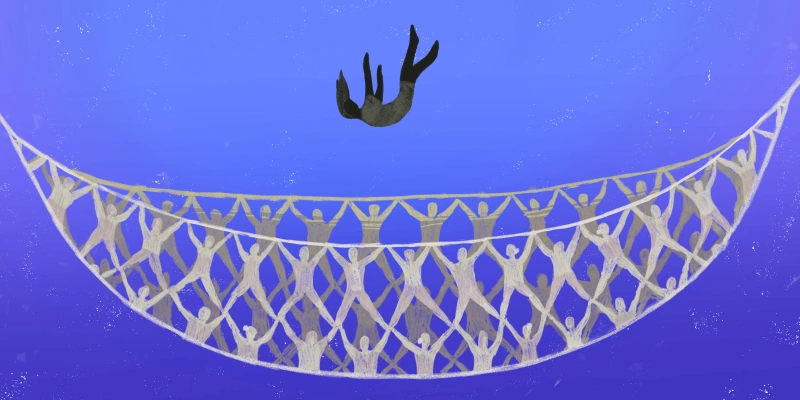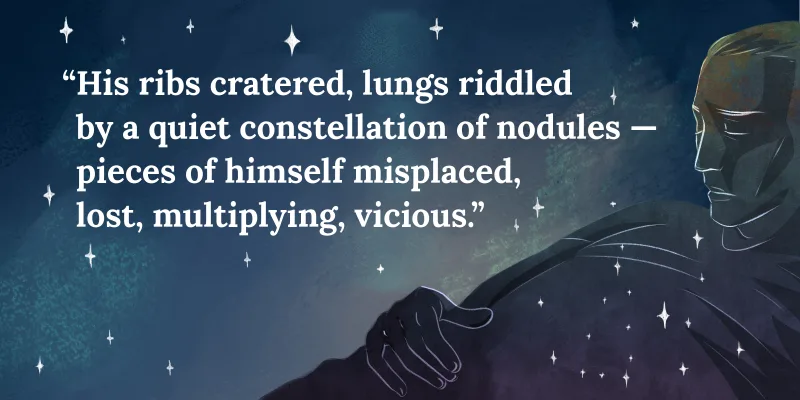As a self-described aortic surgeon, the Annual Meeting of the AATS and the Aortic Symposium was a refreshing renewal of in-person learning, collaboration, and celebration of Cardiothoracic Surgery. Malcolm Gladwell addressed the audience with stories of innovation based not only on intelligence and preparation but also on the ability to engage in ideas not conforming to popular thought. Shaf Keshavjee was inspired by his road of leadership in building an incredible clinical and research enterprise from the path created by his predecessors. He transformed the ideas of lung transplantation, with initial experience with Joel Cooper and Alec Patterson, among others, in a direction that evolved into the engagement of industry to reach a worldwide catchment beyond the reach of the Toronto program alone. The innovation theme was intentional throughout the meeting.
While the innovation focus inspired many of the attendees to think outside of the box, the resurrection of an older technique stood out most to me. As a thoracic resident, I had the opportunity to review the STS database outcomes of the Ross procedure. My personal experience at the time, an n=1, was not satisfying, so the all-comer results of the database certainly reinforced my disdain for translocating the pulmonary “root” into the aortic position. At the time, the data suggested an excess of 20% of patients required reintervention of some kind within 10 years. This was compounded by the results of a mortality rate 3x the competing isolated valve data. The Ross procedure, in my mind, was a procedure that should be limited to kids without any real role in adults. The theoretical advantages of a living conduit were outweighed by the risk of the homograft root and the tendency for autograft dilation. By my count, there were 11 different abstracts presented at this meeting alone to push me out of my comfort zone to accept the Ross as a viable option for adult patients.
This meeting emerged as the tipping point for me, an intentional allusion to the book, to re-think the rethinking I had written more than 10 years ago. I have done eight Davids on previous Ross patients with excellent outcomes, which helped ease my transition of opinion. Joseph Bavaria declared Ross one of his preferred options for AVR in young people in his address on the best valve options for patients talks on Saturday. The results continue to be excellent. While I had previously focused on the perioperative mortality and the need for autograft or homograft in the 20-30% range, I am now more focused on the need for reintervention in young patients who want tissue valves requiring another procedure much more commonly. There is probably a need for a true comparison head to head across valve choices, particularly in patients less than 50 years old. Given the outcomes, the Ross reintervention rate, including both valves pales in comparison to other valve types. This hype has spurred my innovation into a procedure coming back from the execution I helped to try not to facilitate.
In conclusion, The annual meeting of the AATS and the Aortic Symposium truly change my impression of the Ross procedure. The impact will be nearly instantaneous as I have already begun to offer the procedure to my patients in the few days since the conclusion of the meeting this week.







